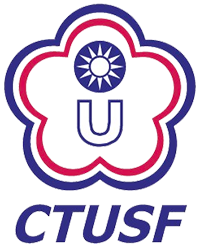Latest Articles
Author:Yan-Zhen Chen;Cheng-Nan Kang
Period/Date/Page:Vol. 27 No. 1 (2025/03) Pp. 19-34
DOI:10.5297/ser.202503_27(1).0002
Marketing Strategies for Sports and Fitness Industry's Response to the COVID-19 Pandemic: Application of Sports Entrepreneurship Theory
Abstract:Due to the COVID-19 pandemic led to sports and fitness centers closure and increased consumer risk perception of indoor activities, which restricted traditional business models and presented challenges and pressures for transformation. This situation highlights the need for innovative strategies to adapt to the new normal. The purpose of this study is to develope a "Sports Entrepreneurship Scale" for Taiwan's sports and fitness industry, based on the sports entrepreneurship theory. It analyzes the interrelationships among its dimensions and provides a foundation for business strategies to stabilize the market. First, a questionnaire survey was conducted with 29 senior managers of sports centers in Taiwan, employing the modified Delphi method to establish the scale's stability and consistency. Secondly, using the decision laboratory analysis method, 18 fitness center owners and sports management scholars were invited to examine the mutual influence and intensity among the four major dimensions of sports entrepreneurship to explore their business strategies in the sports and fitness industries sector amid the epidemic. The results indicate that the Sports Entrepreneurship Scale encompasses four dimensions and eleven items: innovation, initiative, risk-taking, and cooperation. Among these, initiative and innovation serve as the causal dimensions, while risk-taking and cooperation function as the outcome dimensions. This study concludes that in response to the external impact of the epidemic, the sports and fitness industry should prioritize enhancing its initiative and innovation capabilities while integrating risk-taking with cooperation to boost its overall resilience and performance. This not only enriches the practical implications of the theory of sports entrepreneurship but also assists the industry in developing strategies to tackle future challenges, ultimately helping to maintain its market competitiveness. (Full text)




